Did you know that coffee cupping and coffee tasting are different?
Even though the practice is kind of similar –to evaluate the cup quality–
, coffee cupping and coffee tasting actually serve different purposes, consist of different evaluation times and even different procedures. If you can actually master both “techniques”, it will give you a better picture on how your coffee is produced from the origin to the final cup, thus you can understand your cup quality and coffee better – on how it’s roasted and brewed. Regardless of whether you want to assess the green beans quality, how a coffee is roasted and how it tastes as a cup of brewed coffee, both cupping and tasting should be included in your skillset. Rather than being a ‘versus,’ they are actually complementary protocols to serve better coffee and cup quality.
So, what’s coffee cupping?
Coffee cupping is a definitive way of describing the quality and flavor profile of both green and roasted coffee, especially for importers and coffee roasters to determine the batch they’re about to buy. These flavor profiles are defined by the coffee beans’ origin, terroir and the way they’re processed and produced. According to Tico Coffee, professional cupping follows a systematic path in which certain parameters – like tastes and aromas – are assessed based on their intensity and quality. Coffee cupping has its own standardized evaluation system based on a specific protocol, usually using the cupping form by SCA (Specialty Coffee Association) and completed by certified Q-graders.

How to cup coffee?
First, you need to prepare your equipment, including a grinder, water, kettles, cups or bowls, a timer, towels, spittoon, cupping forms and a wide surface area. A spacious and free-from-aroma room is recommended to keep the objectivity of the assessment. During cupping, avoid distractions so you can offer your full attention to the objects at hand. You also need to use the same type of cups – all with the same dimensions, volume and materials to maintain consistency.
Understanding and familiarizing yourself with your evaluation form is also important. Every evaluation form has its own purpose for cupping, so you need to know which evaluation form you want to use. When preparing samples, you’re not only preparing the grind size, but also the water temperature, ratio of coffee to water, agitation and other factors. Furthermore, you should assess the coffee even before it’s brewed; smell the coffee grounds and find the distinctive aroma. You should also keep your spoon clean – rinse it before and after dipping into samples.
And what’s coffee tasting?
If coffee cupping evaluates the coffee in its ground form, coffee tasting is all about assessing it in the form of brewed coffee. In this method, you’ll be drinking and evaluating the flavor profiles, plus you won't be following any protocols so it will give you more freedom when evaluating!
In coffee tasting, you’ll be assessing coffee resulting from various brewing methods – from French press, Vietnam drip, syphon to espresso! There are a variety of factors that affect coffee tasting, from the brewing technique, filters, to the design of the brewing methods.
Unlike coffee cupping that incorporates specific cup score or grading procedures, there’s no fixed cup score or guidelines in coffee tasting. The flavor parameters however, are still the same –acidity, aroma, aftertaste, etc. Analyzing the flavor profile and intensity of the final brew are keys to this method, as it tells beans’ freshness, their roast profile and even the cup defect. This method will allow you to brew coffee better, refine the storage conditions and even to enhance your roasting quality.
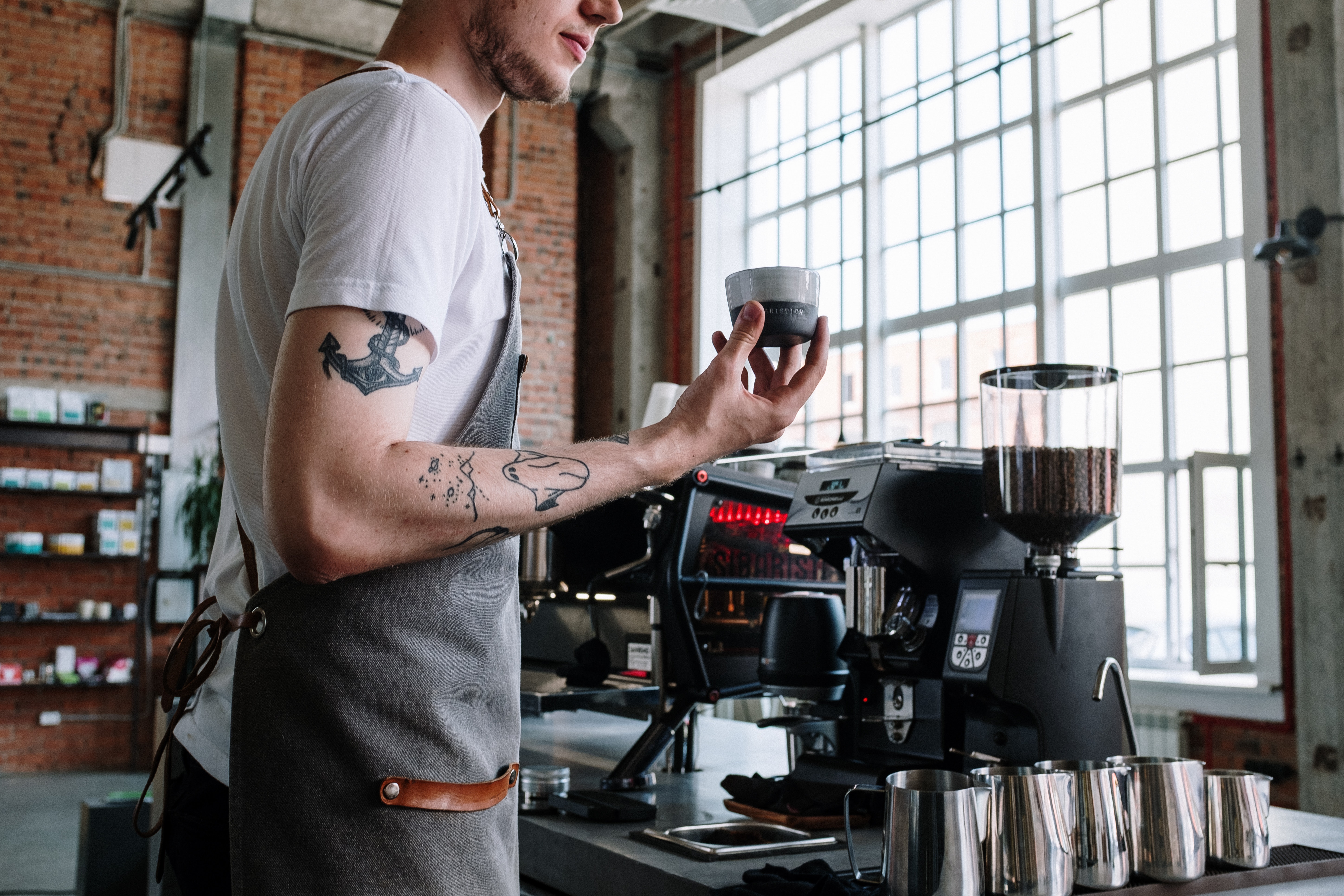
How do I taste coffee?
There are four main steps to of coffee tasting as defined by Starbucks:
1. Define the aroma
Did you know that our sense of taste is actually influenced by the aroma first? So when tasting coffee, it’s better to smell the coffee first. You can do it by holding the mug or tasting cup, then smell it close to your nose.
2. Slurp the coffee
It’s important to slurp the coffee as it spreads the coffee to your entire palate. This then allows the indistinct flavors and aromas to reach all your tongue’s tasting zones.
3. Locate the experience on your tongue
Think about which specific zone of your tongue where you taste the flavors. It’s also important to note the weight of the coffee on your tongue.
4. Write descriptions specifically
“This coffee tastes like ripe orange”, “this coffee smells like autumn in New York”. Write food or other past experiences that you can compare with the coffee you’re tasting. Use descriptive sensory words to define the supreme flavors and aromas that are felt in your mouth.
There are also five tasting categories that you can focus on coffee tasting as defined by Blue Bottle:
1. Sweetness
How sugary do you feel the coffee is? What kind of sweetness does it remind you of? Honey? Palm sugar? Candy? You can practice defining the sweetness by tasting each kind of sugar – brown sugar, white sugar, etc.
2. Body
This is where you define the weight – right, real weight – of the coffee on your tongue. You can practice different kinds of milk: whole milk, skim milk to lowfat milk. Notice how they weigh differently and if it feels heavier or lighter in your mouth.
3. Acidity
Acidity may not be a pleasant taste for some people, but in the coffee world, acidity or usually known as “brightness” is desired by coffee lovers. Practice it by differentiating acidity’s spectrum between, let say plumps and lemon. You can also practice it with plain yogurt.
4. Flavor
Build up your flavor library and references by trying as many things as you can: wines, chocolates, fruits, etc. Note certain memories that evoke you – the donut you had in elementary school or your grandma’s perfume.
5. Finish
This is where you define the taste that lingers in your mouth, or TL,DR: what’s your last impressions? Does it give a long, coating finish or a dry feeling instead.
In conclusion…
Coffee cupping has its own standardization of evaluating coffee, specifically in the form of green beans and roasted coffee. Coffee cupping only uses roasted coffee and water with no filters at all.
Meanwhile, coffee tasting is used to assess coffee flavors after coffee has been brewed using certain methods – from French Press, Vietnam Drip to V60. The evaluation focuses on the brewing method and quality, and to find out potential errors during extractions.
Coffee cupping and coffee tasting actually complement each other and should be used together to get a broader view of coffee sensory.
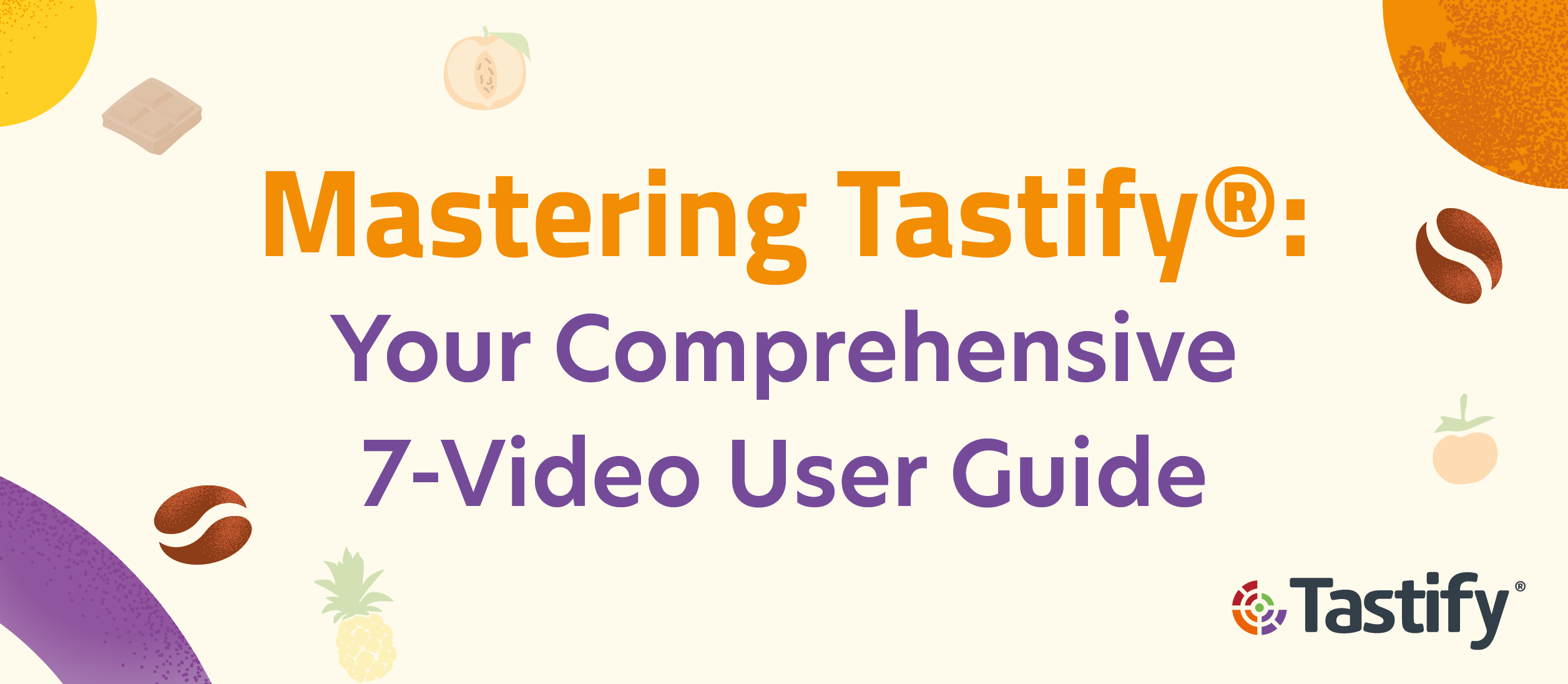
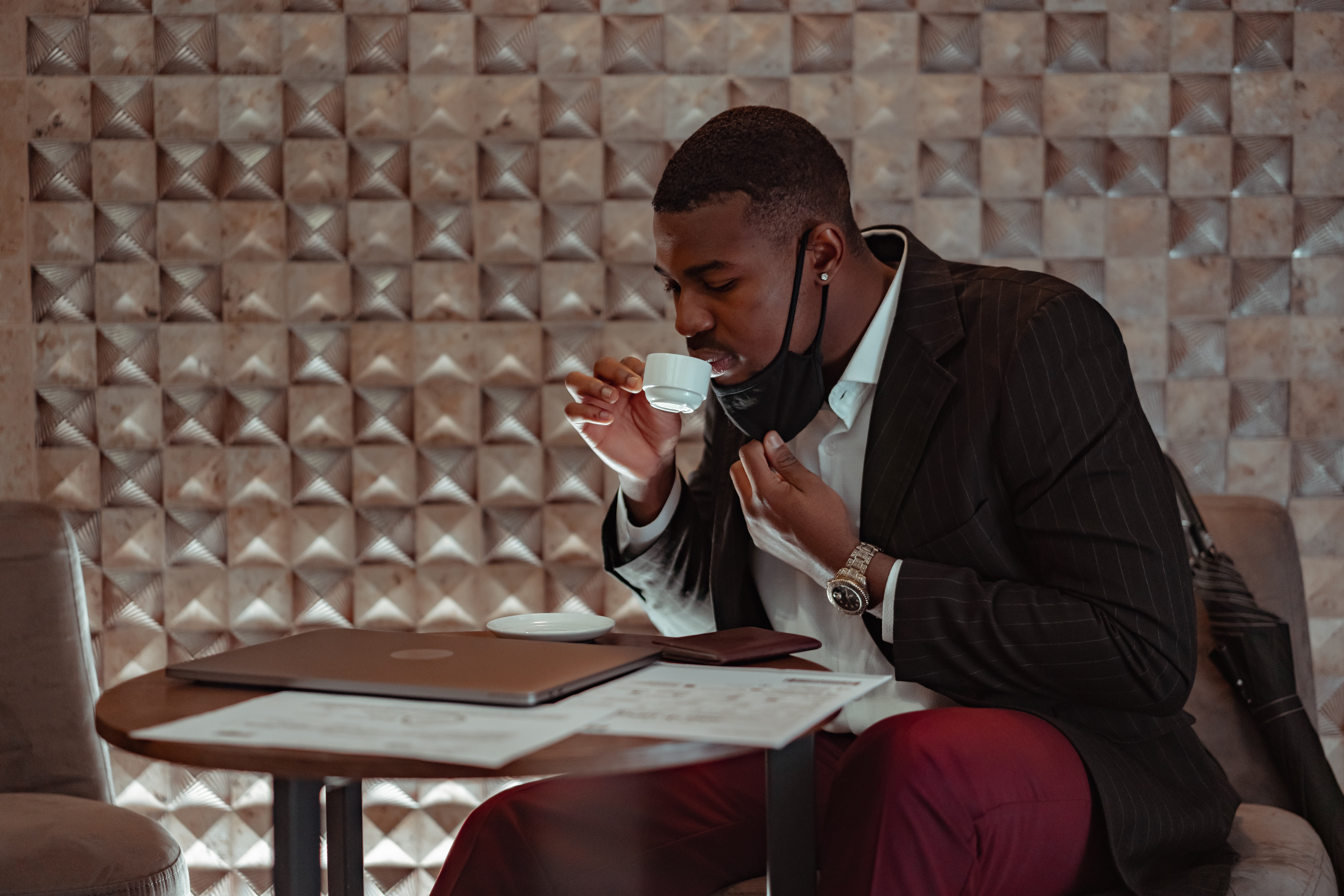


.png)
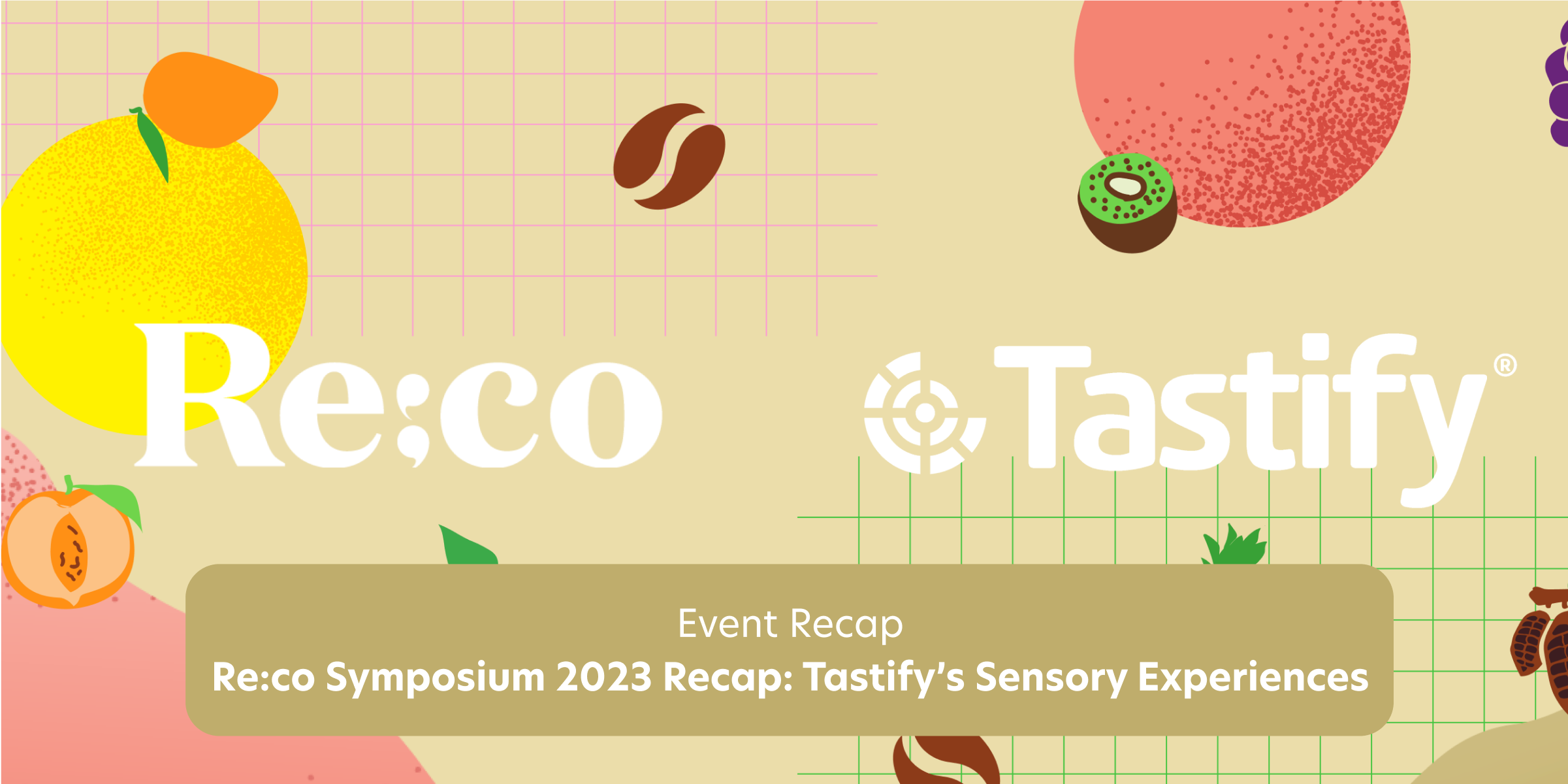
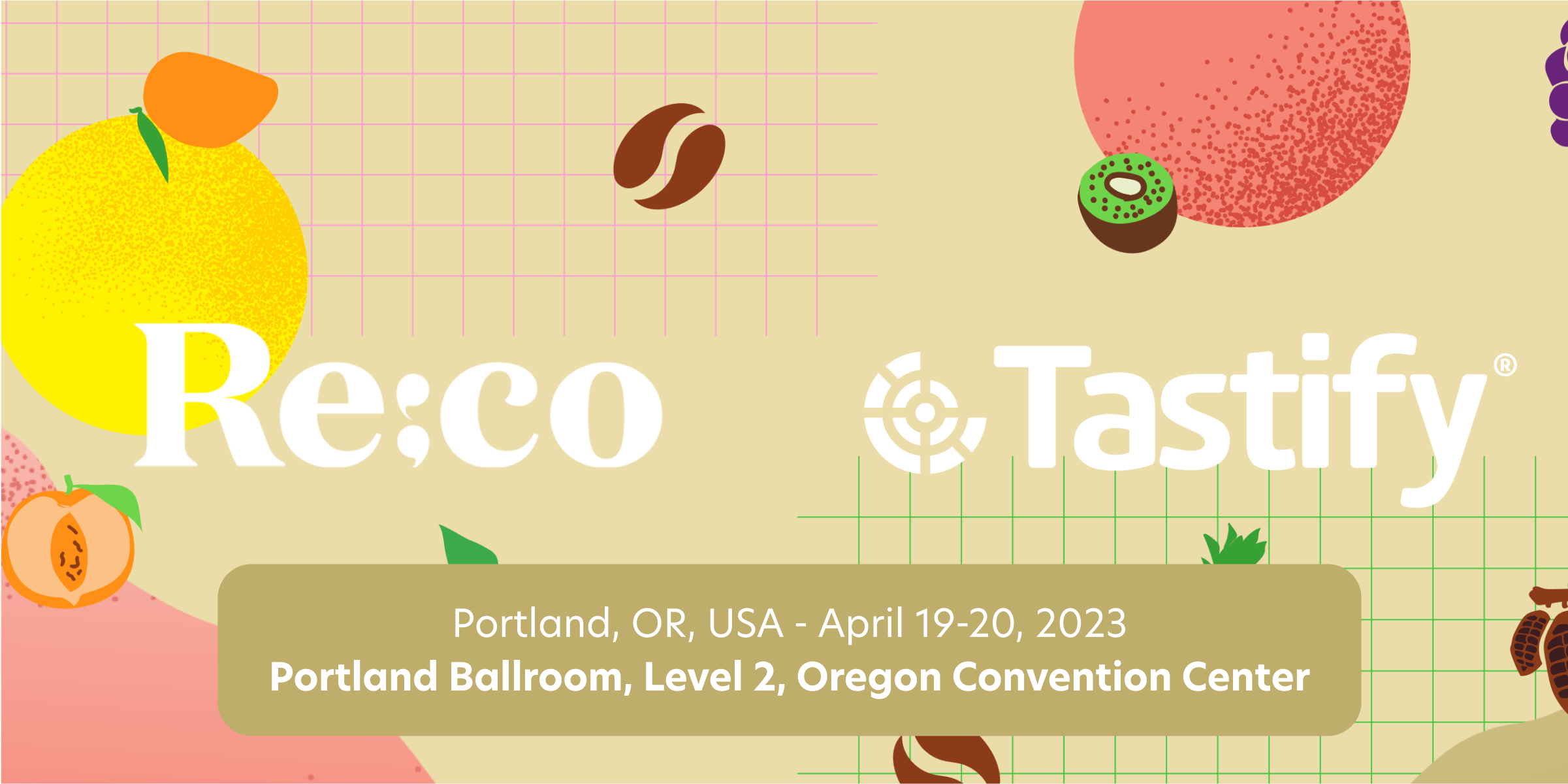
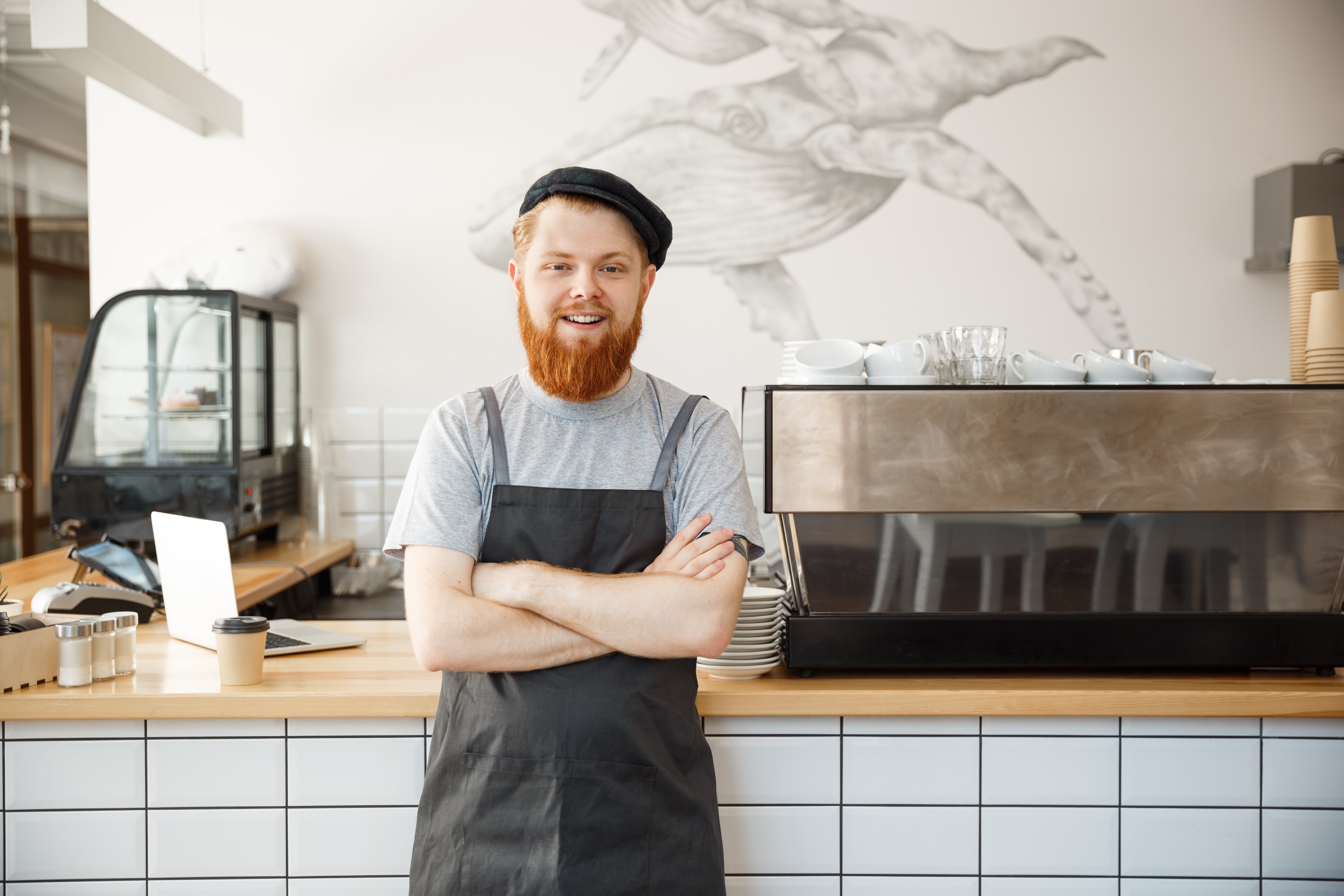
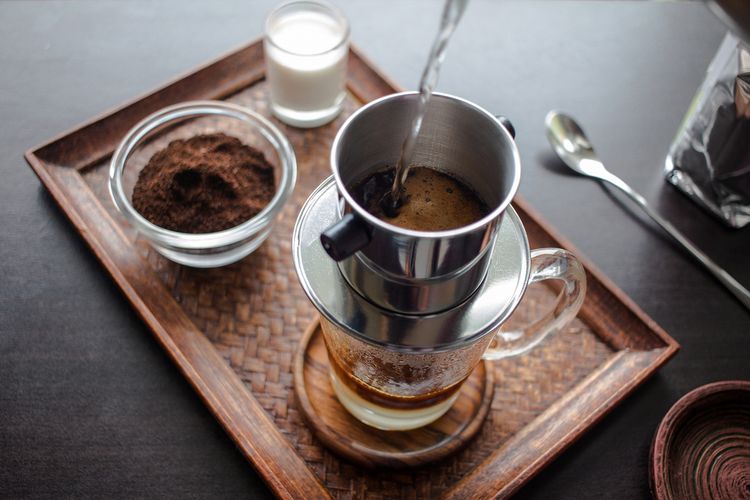

Comments